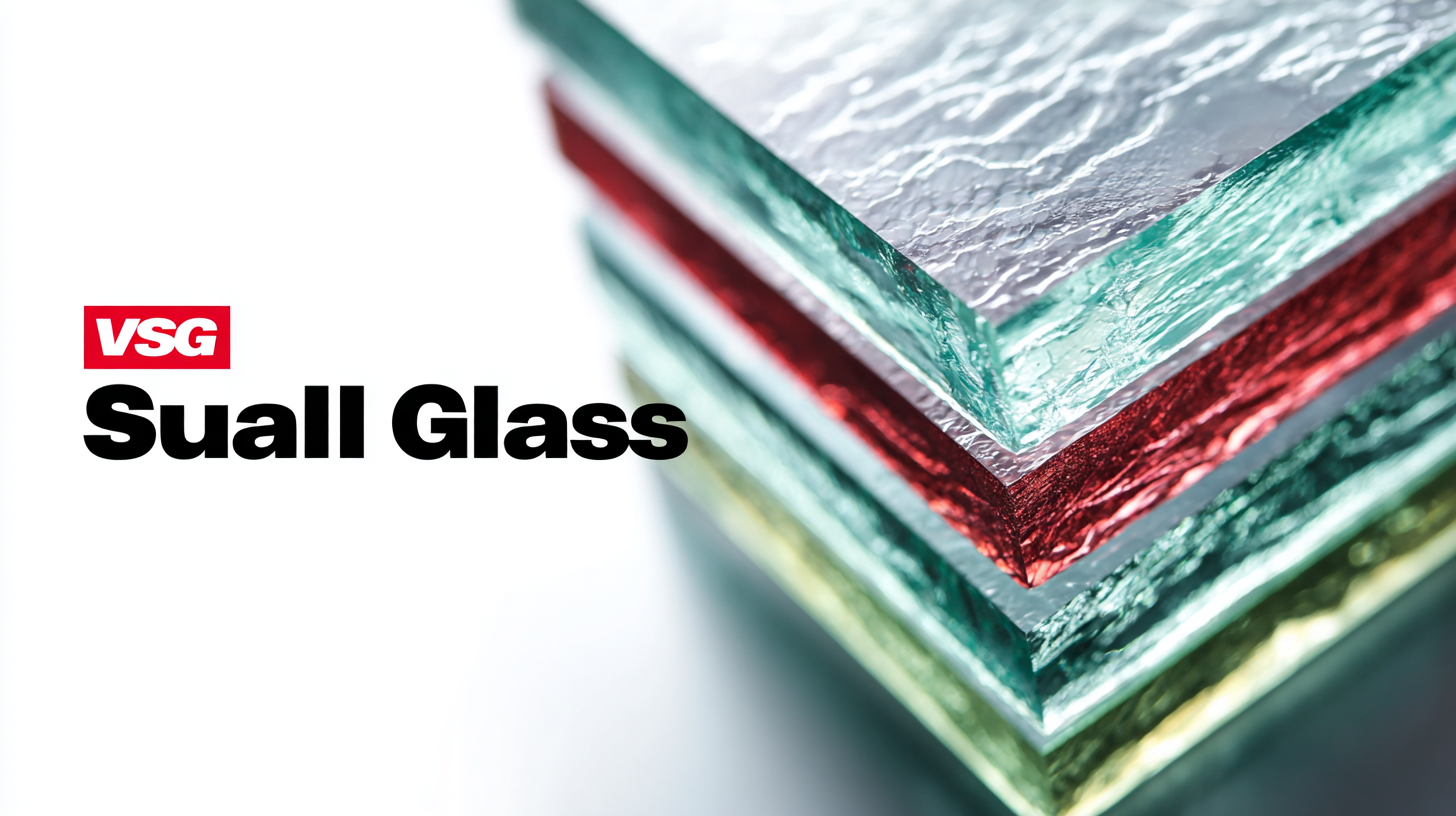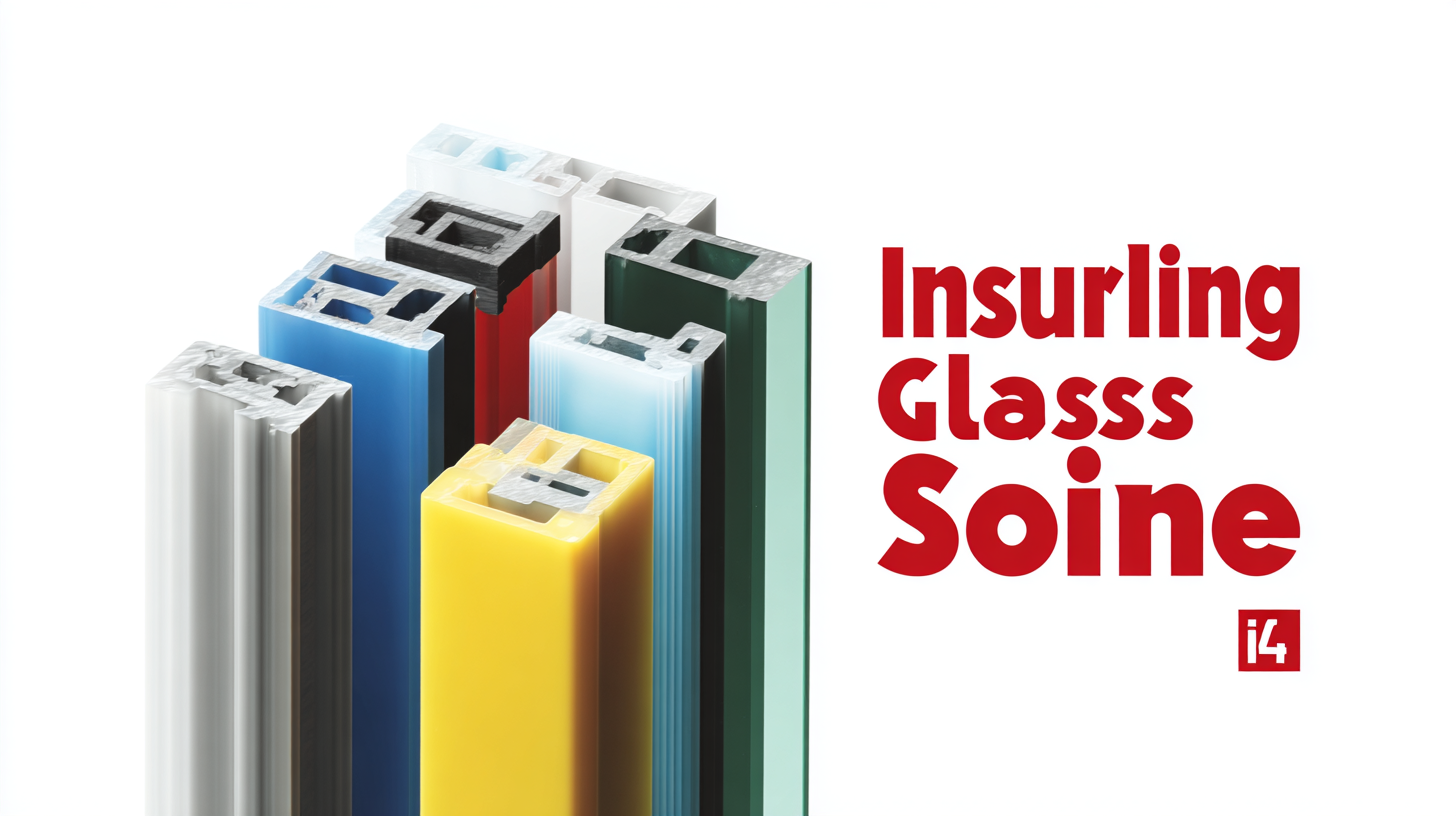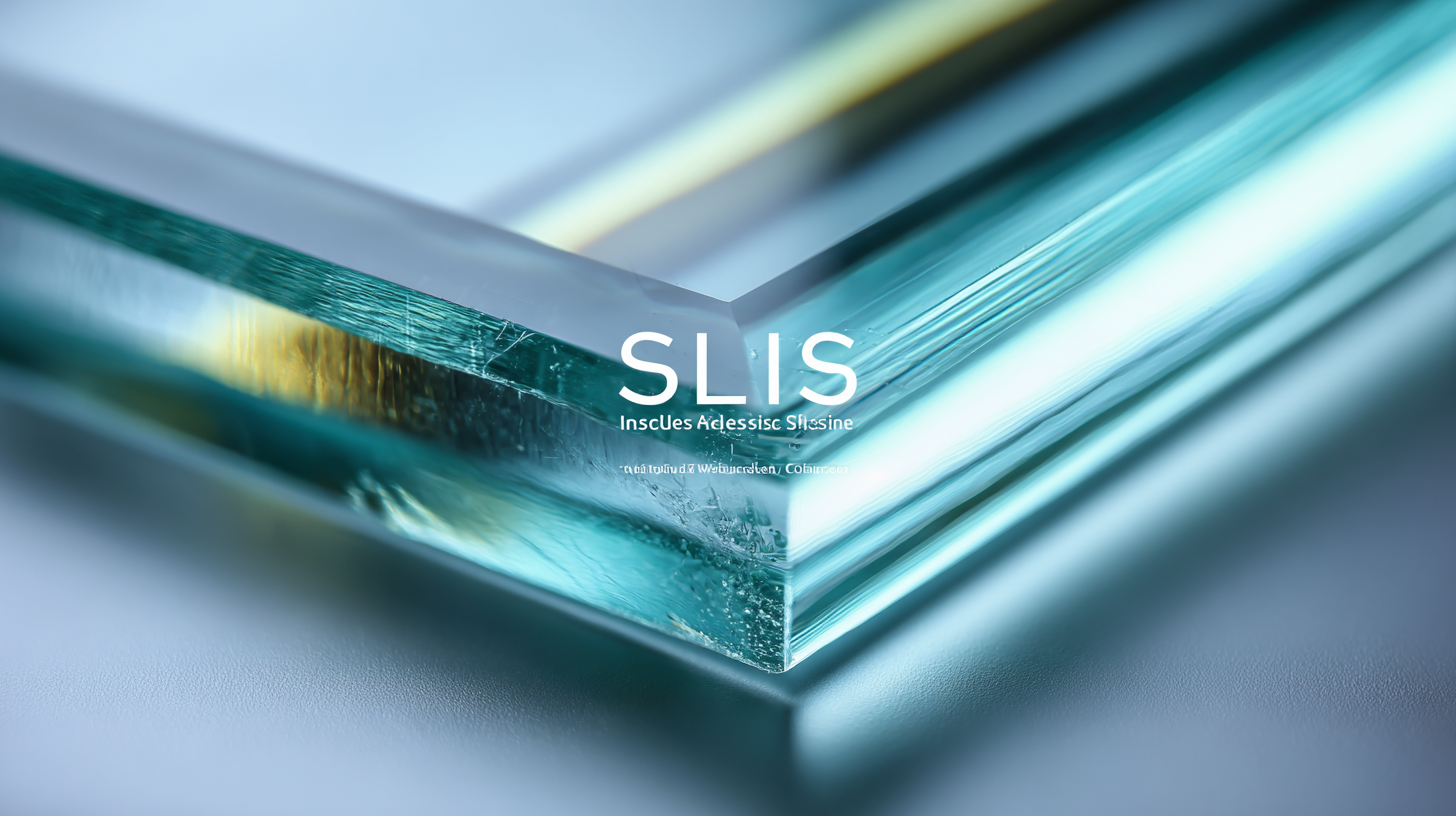Inquiry
Form loading...
In recent years, the demand for high-performance materials in the construction and manufacturing industries has surged, driven by the need for energy efficiency and sustainability. According to the Global Insulating Glass Market Report, the industry is projected to grow at a CAGR of 7.5% from 2021 to 2026, fueled by innovations in materials like Insulating Glass Acrylic Silicone. This advanced sealing technology not only enhances thermal insulation but also improves durability and aesthetic appeal. The integration of these features is essential for architects and builders aiming to meet stringent energy codes and consumer preferences for eco-friendly solutions. As the market continues to evolve, understanding the key attributes and diverse applications of Insulating Glass Acrylic Silicone becomes critical for making informed selections that contribute to both functionality and environmental stewardship.

When it comes to selecting high-performance insulating materials, Insulating Glass Acrylic Silicone stands out due to its remarkable characteristics. One of its key features is thermal insulation, which significantly minimizes heat loss. According to a report by the National Renewable Energy Laboratory, double-glazing with insulating silicone can enhance energy efficiency by up to 30%, making it an excellent choice for energy-conscious building projects. This property not only contributes to lower energy bills but also plays a crucial role in reducing the overall carbon footprint of structures.
Moreover, this insulating material exhibits exceptional durability and moisture resistance. Industry studies show that silicone-acrylic combinations can withstand wide temperature fluctuations without compromising integrity. This durability is particularly beneficial in urban environments, where pollution and weather conditions can adversely affect building materials. The American Society for Testing and Materials (ASTM) indicates that high-performance silicone can maintain its structural integrity and aesthetic quality for over 20 years, making it a sound long-term investment for both residential and commercial applications. It effectively marries functionality with lasting performance, ensuring that buildings remain both visually appealing and energy-efficient over time.
This bar chart illustrates the key characteristics of various types of insulating glass acrylic silicone based on their thermal insulation efficiency, UV resistance, and durability. These metrics are crucial for optimal selection in construction and design.
When selecting insulating glass acrylic silicone, understanding its technical specifications is crucial for achieving optimal performance. One of the key specifications to consider is the thermal resistance of the silicone material. High-quality insulating glass silicone exhibits low thermal conductivity, which helps minimize heat transfer, thereby enhancing energy efficiency in buildings and vehicles. Additionally, evaluating its resistance to extreme weather conditions is vital, as the silicone should maintain its properties under varying temperatures and UV exposure.
 Another important technical aspect is the adhesion strength of the silicone to both the acrylic and the glass surfaces. A strong adhesive bond not only ensures durability but also contributes to the overall structural integrity of the application. Users should also assess the elasticity of the silicone, as a highly elastic material allows for movement without cracking or weakening the seal. By carefully considering these specifications, one can make informed decisions that will enhance the durability and performance of insulating glass applications.
Another important technical aspect is the adhesion strength of the silicone to both the acrylic and the glass surfaces. A strong adhesive bond not only ensures durability but also contributes to the overall structural integrity of the application. Users should also assess the elasticity of the silicone, as a highly elastic material allows for movement without cracking or weakening the seal. By carefully considering these specifications, one can make informed decisions that will enhance the durability and performance of insulating glass applications.
When selecting the appropriate insulating glass acrylic silicone, understanding its features and applications is paramount. Insulating glass with acrylic silicone is valuable for energy efficiency, offering excellent thermal insulation properties that help maintain a stable indoor climate. This material is increasingly favored in both residential and commercial applications due to its lightweight, durability, and resistance to environmental factors. Key to optimizing your selection is considering the specific use cases, such as whether the application requires food safety compliance or other specialized conditions.
In the market for silicone stretch covers, analysis of market size, share, and growth is essential. The market can be segmented by sales type, which includes online and offline channels. Moreover, applications such as platinum-grade silicone and food-grade silicone highlight the diverse uses of these materials. Regional insights can also provide valuable context for growth trends and forecast demands over the next few years. Understanding these factors not only aids manufacturers in developing their marketing strategies but also empowers consumers to make informed decisions regarding their purchasing choices.

Insulating glass acrylic silicone is increasingly recognized for its versatility and effectiveness in various applications. One of the most common uses is in the construction of energy-efficient windows, where it helps to create a thermal barrier. This barrier minimizes heat transfer, thereby reducing energy consumption for heating and cooling in buildings. The lightweight nature of acrylic silicone also makes it an attractive option for industries looking to lower transportation costs and installation time.
Beyond construction, insulating glass acrylic silicone finds applications in the automotive sector, particularly in windshields and side windows. Its durability and resistance to UV light ensure that vehicles maintain clarity and safety over time. Moreover, in the manufacturing of displays and signage, insulating glass acrylic silicone provides excellent visibility and protection from environmental factors. This makes it a favored choice for both residential and commercial projects where aesthetics and functional longevity are paramount.
When it comes to ensuring the longevity and efficiency of insulating glass solutions, regular maintenance is crucial. According to the Glass and Glazing Federation, properly maintained insulated glass units can last up to 20 years or more. This durability hinges on timely inspections for condensation or visible damage, which could signal air leaks or compromised seals. Keeping frames clean and clear of debris not only enhances aesthetic appeal but also maintains the integrity of insulation properties.
Tip: Regularly check the seals around your insulated glass. A simple visual inspection can catch deteriorating seals early, preventing costly replacements. Additionally, using a soft cloth with mild soap and water is recommended to clean the glass surfaces without causing scratches or damage.
Furthermore, exposure to extreme weather can take a toll on insulated glass systems. A report by the American Architectural Manufacturers Association indicates that temperature fluctuations can lead to thermal stress. To mitigate this, consider applying protective window films or shades to reduce heat buildup and shield the unit from UV damage.
Tip: Invest in quality window treatments that offer UV protection to prolong the life of your insulating glass, keeping the interiors safe from fading while enhancing energy efficiency.
